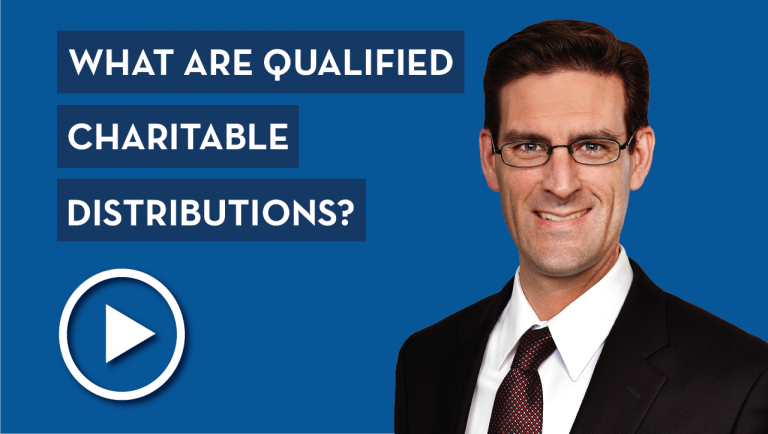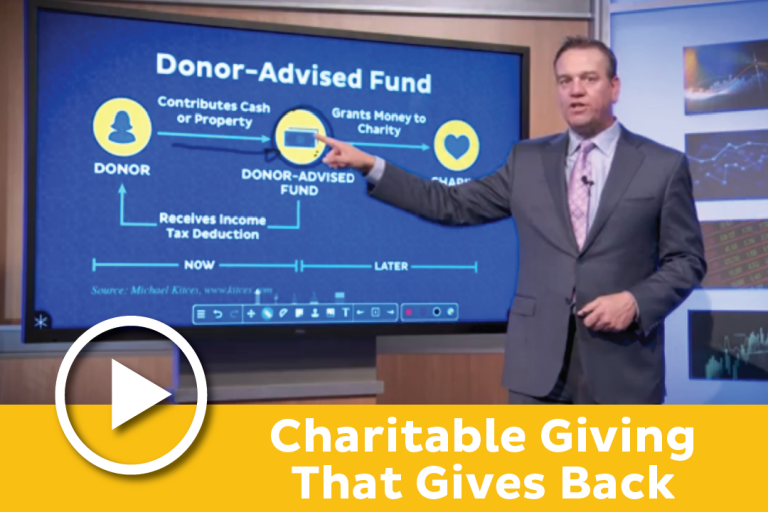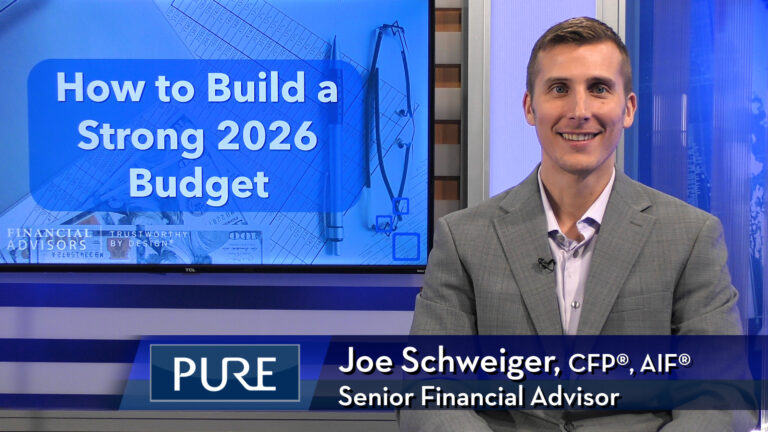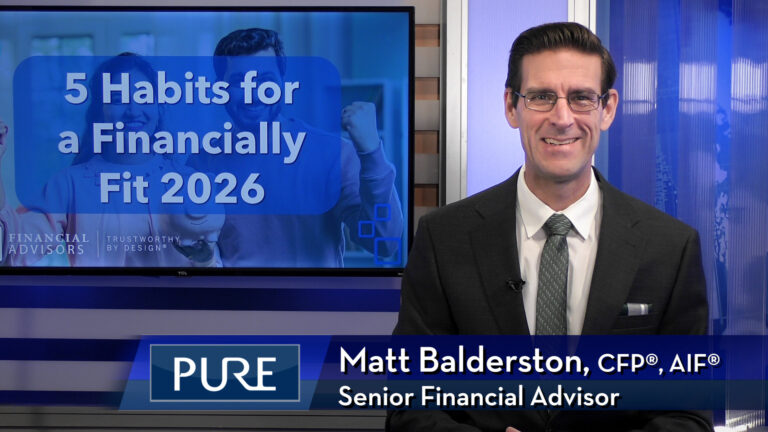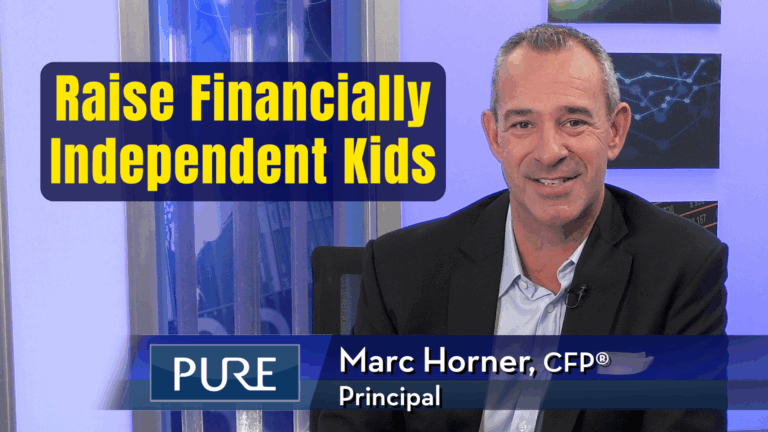A qualified charitable distribution, or QCD, is a distribution you can make from your IRA directly to a charity if you are eligible for required minimum distributions. In this video, Matt Balderston, CFP® from Pure Financial Advisors outlines the rules and limits for this type of charitable giving.
Transcription:
Today we’re going to be talking about Qualified Charitable Distributions, or QCDs for short. A QCD is a distribution you can make from your IRA directly to a charity if you are eligible for required minimum distributions. There is one caveat to that, however; for a regular required minimum distribution, you need to take that in the calendar year, your first one, in the calendar year where you turn 70 and a half. For a Qualified Charitable Distribution, you have to be 70 and a half, and that’s a very important distinction which a lot of people haven’t heard about.
There are several little rules associated with this kind of distribution.
First, the distribution has to go directly from your IRA to the charity. It cannot go to you first, and then you make a donation.
Second, you’re allowed to make as much as a $100,000 in charitable distributions from your IRA, no matter what your required minimum distribution is. So that can add up to a quite a bit if you are so charitably inclined.
So why would you want to do a QCD? There are a couple of reasons.
First off, when you do a qualified charitable distribution that money is taken completely off. It doesn’t show up on your tax return. So, if you had a required minimum distribution otherwise, that adds to your adjusted gross income which can affect your Medicare premiums. So if you want, if you are close to one of those thresholds where your premiums would be higher you could do a QCD to keep that off of your tax return.
Another reason you might want to do a QCD is because of the new standard deduction with the tax reform. Before, the standard deduction for a married couple was around $12,000 a little higher if you’re 70 or older and let’s say that you had $15,000 of itemized deductions and then you added another $5,000 of charitable donations to it. You would get credit for that whole $5,000; you get to write that off. Well, today the standard deduction is closer to $26,000 so under the same scenario that $5,000 of donations doesn’t get you any credit. You’re getting $26,000 of deductions either way. So if instead, you had the donation go out of your IRA you’re still getting the full standard deduction. But you’re also getting the deduction for the donation because you’re keeping that out of your income, to begin with. So it can be a very powerful tool to get some extra deductions that way or at least to reduce your taxable income that way.
Another consideration when you’re making a QCD is how frequently you make your donations and how large those donations are. Because the donations have to go directly from your IRA, there is a bit of paperwork for every donation that you make. So if you are normally put $10 into your donation plate at church, you wouldn’t necessarily want to do something like that with a QCD. But you could do a $500 check at the beginning of the year from the IRA to make up that difference if you wanted to utilize that. So keep that in mind as far as, again, the frequency and the dollar amount of your contributions.
For more detailed information on QCDs feel free to visit our website at PureFinancial.com.

